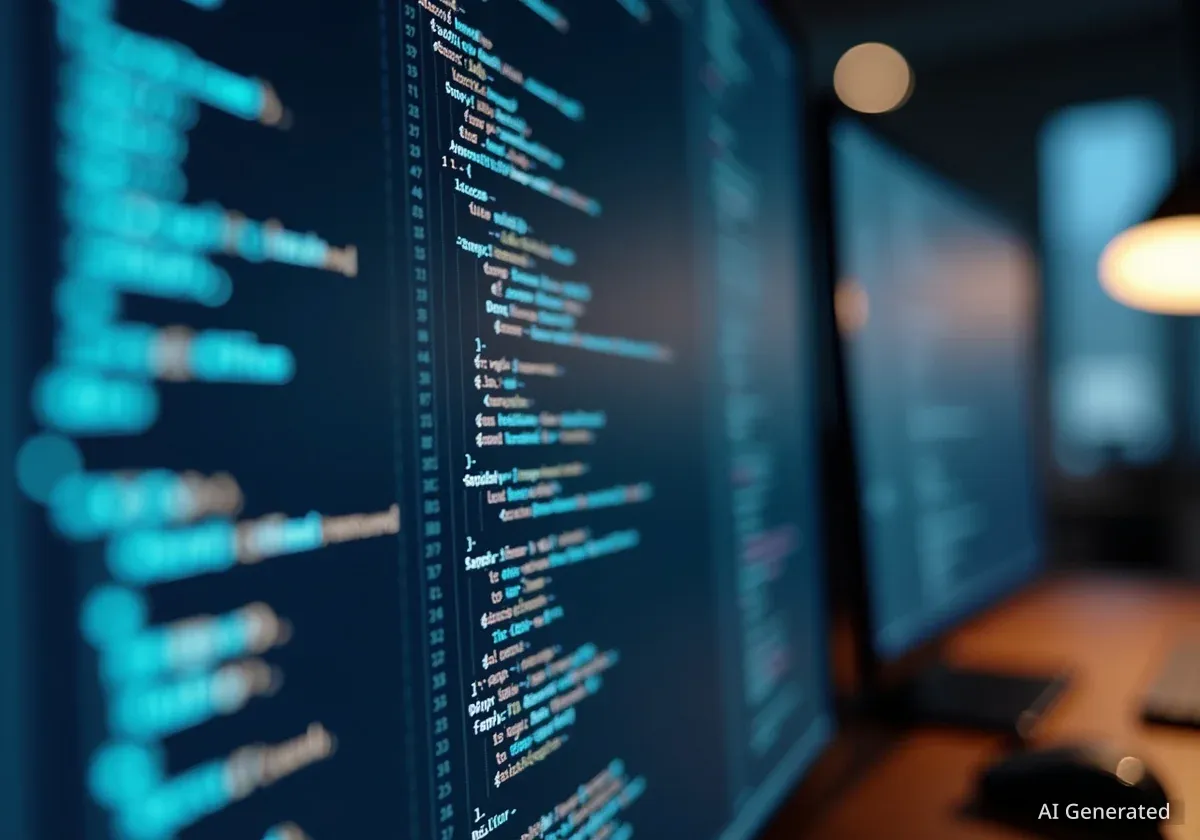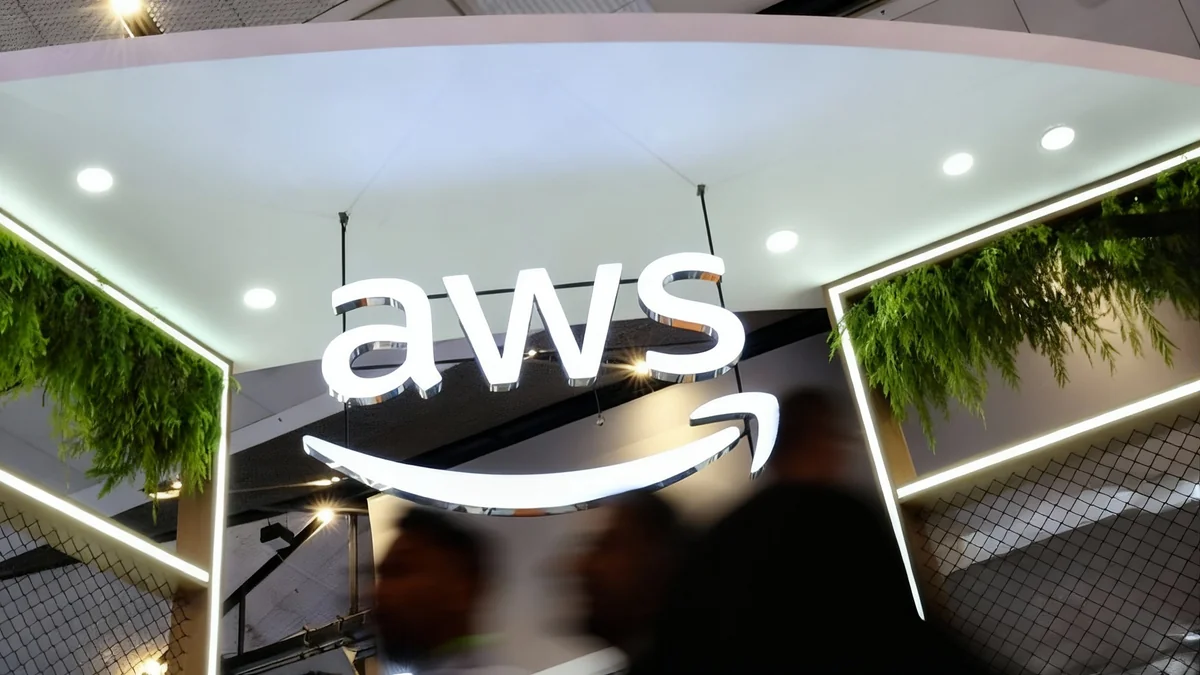Google has implemented significant updates to its core search indexing processes. These changes focus on how the search engine handles image visibility for 'above-the-fold' content and its method for scanning Cascading Style Sheets (CSS). The updates aim to refine how web content is evaluated for ranking, particularly impacting mobile-first indexing and visual content presentation.
Key Takeaways
- Google now prioritizes 'above-the-fold' image visibility in its indexing process.
- The system records images that are immediately visible without scrolling.
- Updates include a halt to the continuous scanning of CSS files.
- These changes could influence website loading times and content rendering.
- Web developers should ensure critical images load quickly and are visible early.
Enhanced Image Visibility Evaluation
A central part of Google's recent updates involves how it perceives images located 'above the fold.' This term refers to the content visible on a webpage without requiring the user to scroll down. Google's new process actively identifies and records images that are immediately present when a page loads.
Specifically, the system checks if an image is visible to the user at the initial viewport. If an image is not marked as lazy-loaded or explicitly excluded from 'above-the-fold' tracking, and it has a source (src) attribute, Google's internal tools will assess its visibility. A 'data-atf' attribute is then applied, indicating whether the image was indeed visible upon loading. This is a crucial step for mobile-first indexing, where initial load experience is paramount.
"Our goal is to accurately reflect the user's initial experience," a Google spokesperson stated, emphasizing the importance of visible content for search ranking. "This update helps us prioritize what users see first."
Fact: 'Above the Fold' Importance
- Studies show users spend 57% of their viewing time above the fold.
- Content in this area receives 74% of total viewing time.
- This highlights the critical role of initial content for user engagement and SEO.
Impact on Website Performance and Ranking
The updated image evaluation process has direct implications for website performance and search engine ranking. Websites with images that are crucial for understanding the page's content, and which load quickly and are visible 'above the fold,' may see benefits. Conversely, pages where important images are slow to load or hidden below the fold might experience negative effects on their ranking.
Google's algorithm considers page speed and user experience as key ranking factors. Ensuring that key visual elements are rendered efficiently and are immediately accessible to users aligns with these priorities. Developers are advised to review their image optimization strategies, including responsive imaging and efficient loading techniques.
Technical Details of Image Tracking
The internal `_recordIsAboveFold` function is central to this update. It checks several conditions:
- The image must not be lazy-loaded (`_isLazyImage`).
- It must not have the `data-noaft` attribute, which explicitly tells Google to ignore it for 'above-the-fold' tracking.
- The image must have a `src` attribute.
If these conditions are met, the function determines if the image is visible. If visible, it adds the image to a list of 'above-the-fold' elements. The system also tracks the `data-iml` attribute, which likely relates to image load metrics, recording the highest value observed. This suggests Google is interested in the overall speed and completeness of initial image rendering.
Context: Mobile-First Indexing
Google officially shifted to mobile-first indexing for all new websites in 2019. For older websites, this transition was largely completed by March 2021. This means Google primarily uses the mobile version of a website's content for indexing and ranking. Therefore, optimizing for mobile viewport visibility, including images, is more important than ever.
Discontinuation of CSS Scanning
In a related but distinct change, Google has also announced the cessation of its continuous CSS scanning. Previously, Google's crawlers would actively scan and process Cascading Style Sheets (CSS) files to understand a page's layout and visual presentation. This process was essential for rendering web pages accurately and understanding content visibility.
The `stopScanForCss` function indicates that this continuous scanning operation has been halted. While the exact reasons for this change were not fully detailed in the provided information, it suggests Google may have optimized its CSS processing methods. It could imply a more efficient, perhaps event-driven or on-demand, approach to handling style information, or that previous scanning methods were deemed redundant or resource-intensive.
This change is significant for web developers. It implies that while CSS remains critical for visual presentation, the way Google processes and interprets it may have evolved. Developers should ensure their CSS is clean, efficient, and directly impacts the rendering of important content, rather than relying on extensive or complex styling that might be overlooked by a less intensive scanning process.
Implications for Web Development
These updates collectively underscore Google's ongoing commitment to improving the accuracy of its search results and the user experience. For web developers and content creators, the key takeaways include:
- Prioritize above-the-fold content: Ensure critical images and information are immediately visible on all devices, especially mobile.
- Optimize image loading: Implement techniques like responsive images, proper compression, and efficient lazy-loading for images below the fold.
- Efficient CSS: Maintain clean and optimized CSS code. While continuous scanning has stopped, CSS still defines visual presentation, which Google interprets for user experience signals.
- Monitor Core Web Vitals: These metrics directly measure user experience and are influenced by how content, including images and styling, loads and renders.
Understanding these subtle but impactful changes is crucial for maintaining strong search engine visibility in an evolving digital landscape. Websites that adapt to these refined indexing priorities are likely to perform better in search rankings.





